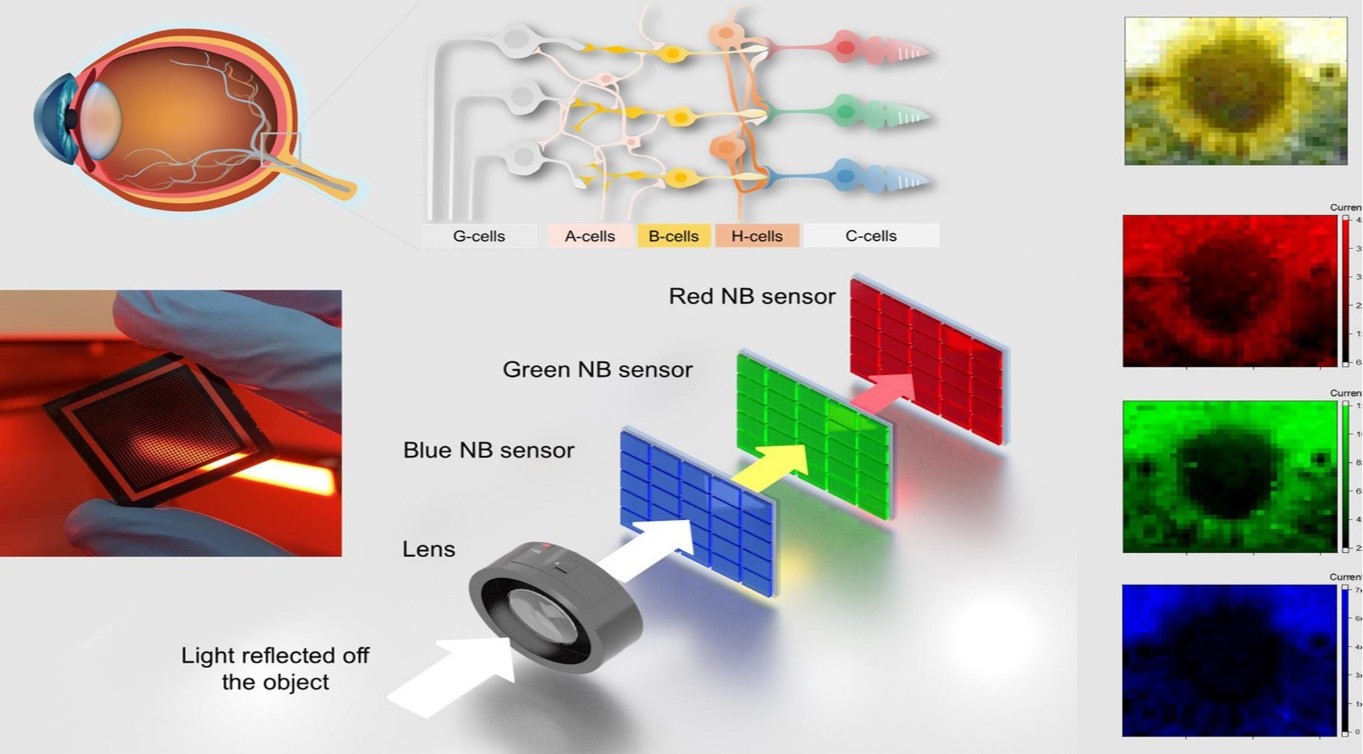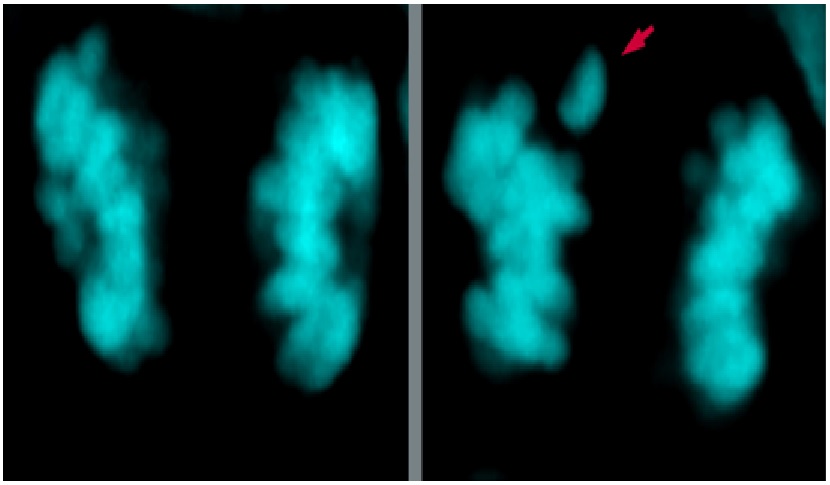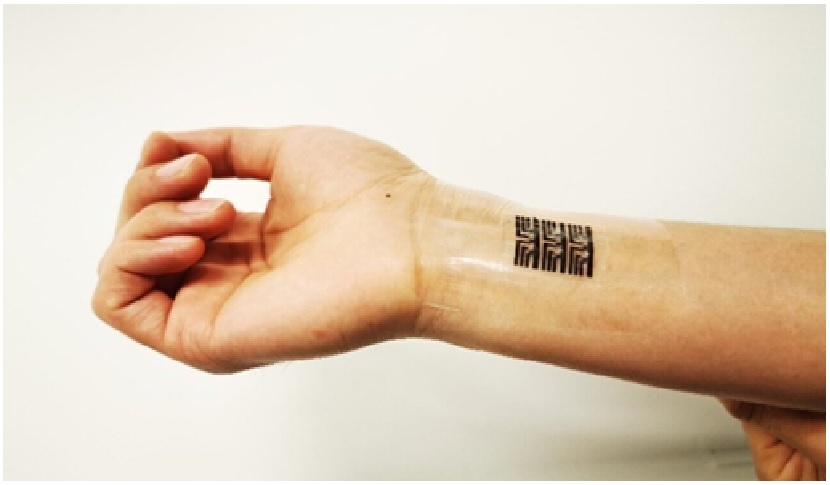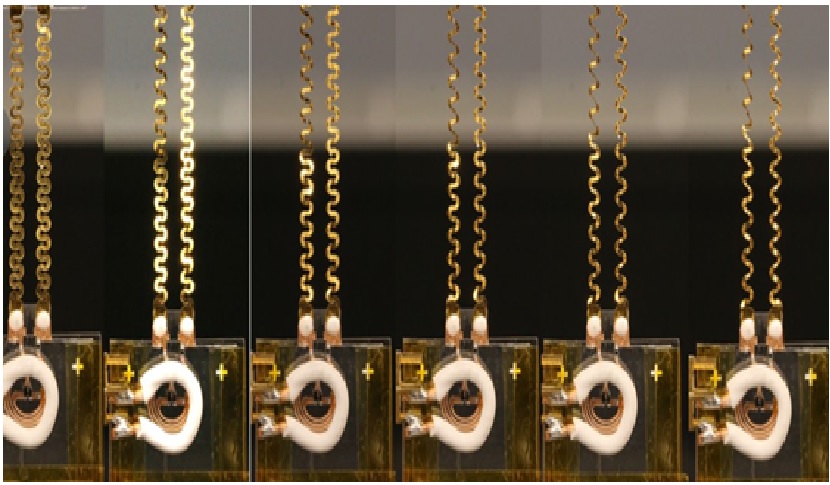A Device that Captures Images by Mimicking the Human Eye
UNIVERSITY PARK, Pa. – Drawing inspiration from nature, Penn State scientists have developed a new device that produces images by mimicking the red, green and blue photoreceptors and the neural network found in human eyes. [1]
“We borrowed a design from nature — our retinas contain cone cells that are sensitive to red, green and blue light and a neural network that starts processing what we are seeing even before the information is transmitted to our brain,” said Kai Wang, assistant research professor in the Department of Materials Science and Engineering at Penn State. “This natural process creates the colorful world we can see.” [1]

Figure 1. Structure of the device. (Credit: Kai Wang)
Figure 1 shows the structure of the device. The device from the PSU team works in almost the same exact fashion but uses artificial components. Light enters the device through a lens, which is then captured by narrowband perovskite photoreceptors. These cells focus on different parts (RBG) of the spectrum that makes up the light and converts it into electrical signals. [2]
"In this work, we found a novel way to design perovskite material that is sensitive to only one wavelength of light. We created three different perovskite materials, and they are designed in a way that they can only be sensitive to red, green, or blue colors," said Wang. [1]
From perovskite cells, the light reaches the artificial neural network that employs neuromorphic algorithms — special computer programs that are capable of mimicking the human brain’s ability to turn electrical signals into images. Finally, the device produces the image of the object. [2]
“When the light is filtered, there is some loss of information and that can be avoided using our design. So we propose this work may represent a future camera sensing technique that can help people to get a higher spatial resolution.” [1]
And because the scientists used perovskite materials, the new devices generate power as they absorb light, potentially opening the door to battery-free camera technology, the scientists said. [1]
“The device structure is similar to solar cells that use light to generate electricity,” said Luyao Zheng, a postdoctoral researcher at Penn State. “Once you shine a light on it, it will generate a current. So like our eyes, we don’t need to apply energy to capture this information from light.” [1]
This is why the image-capturing system is able to function even without a battery and might also lead to the development of self-powering cameras in the future. [2]
Moreover, the study authors claim that the artificial components of their device also hint at the possibility of artificial retinas and synthetic eye cells for treating vision-loss-related problems in humans. [2]
However, further research is required to turn these exciting possibilities into a reality. Hopefully, the bio-inspired image-capturing device will turn out to be a groundbreaking innovation. [2]
References:
- https://www.psu.edu/news/research/story/bio-inspired-device-captures-images-mimicking-human-eye/
- https://interestingengineering.com/innovation/device-mimics-cone-cells
Cite this article:
Hana M (2023), A Device that Captures Images by Mimicking the Human Eye, AnaTechMaz, pp.195















